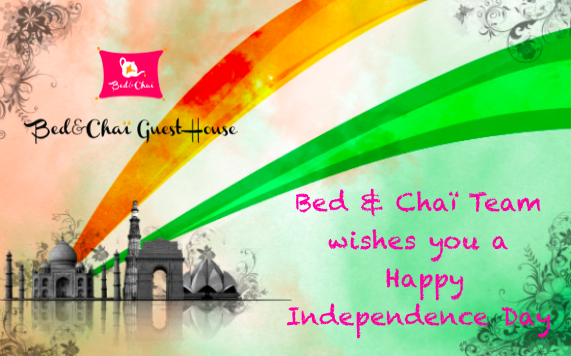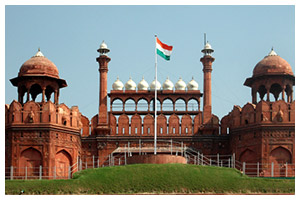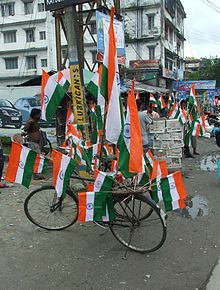Independence day
Independence Day, observed annually on 15 August, is a National Holiday in India commemorating the nation’s independence from Kingdom of Great Britain on 15 August 1947. India attained independence following an Independence Movement noted for largely nonviolent resistance and civil disobedience led by the Indian National Congress (INC). Independence coincided with the partition of India, in which the British Indian Empire was divided along religious lines into the Dominions of India and Pakistan; the partition was accompanied by violent riots and mass casualties, and the displacement of nearly 15 million people due to sectarian violence.
On 15 August 1947, Jawaharlal Nehru, who had become the first Prime Minister of India that day, raised the Indian national flag above the Lahore Gate of the Red Fort in Delhi. On each subsequent Independence Day, the Prime Minister has raised the flag and given a speech.
The holiday is observed throughout India with flag-hoisting ceremonies, parades and cultural events. Indians celebrate the day by displaying the national flag on their attire, accessories, homes and vehicles; by listening to patriotic songs, watching patriotic movies; and bonding with family and friends. Books and films feature the independence and partition in their narrative. Separatist and militant organizations have often carried out terrorist attacks on and around 15 August, and others have declared strikes and used black flags to boycott the celebration.
Celebration
Independence Day, one of the three national holidays in India (the other two being the Republic Day on 26 January and Mahatma Gandhi’s birthday on 2 October), is observed in all Indian states and union territories.
- On the eve of Independence Day, the President of India delivers the “Address to the Nation”.
- On 15 August, the prime minister hoists the Indian flag on the ramparts of the historical site Red Fort in Delhi. In his speech, the prime minister highlights the past year’s achievements, raises important issues and calls for further development. He pays tribute to the leaders of the Indian independence movement.
- The speech is followed by march past of divisions of the Indian armed forces and paramilitary forces.
- Twenty-one gun shots are fired in honour of the solemn occasion.
- The Indian national anthem, “Jana Gana Mana” is sung.
- Parades and pageants showcase scenes from the independence struggle and India’s diverse cultural traditions. Similar events take place in state capitals where the Chief Ministers of individual states unfurl the national flag, followed by parades and pageants.


 Français
Français




